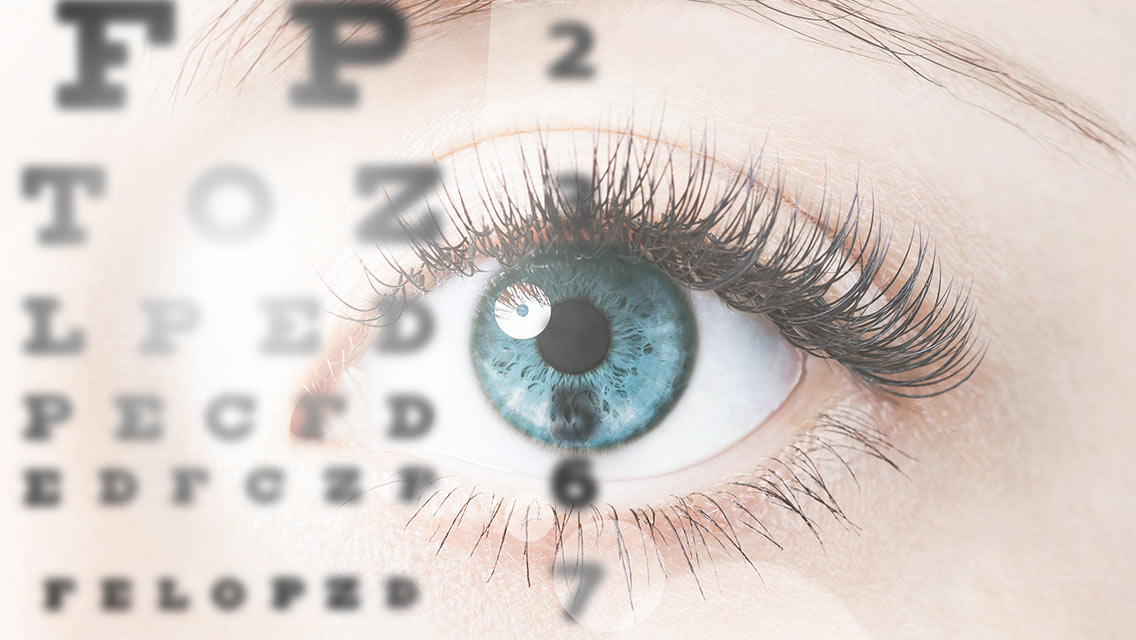“Digital devices are wreaking havoc on our eyes, due to overuse,” says Sam Berne, OD, an integrative optometrist in Tesuque, N.M..
The American Optometric Association identified a condition called computer vision syndrome: dry eyes, eyestrain, blurred vision, and headaches that are linked to staring at a screen for too long without a break.
“Whenever our eyes are focused on one distance for a long period of time, they’re making repetitive movements,” says Berne. “Over time, as we keep making these repetitive movements, our eyes become weaker and we’ll get strain and fatigue, as well as other problems.”
Blinking is also critical for cleansing and lubricating the surface of the eye, and studies show that we tend to blink less when using a digital device. The smaller the screen, the less we blink.
Other conditions, like nearsightedness, glaucoma, and macular degeneration, are becoming especially common in younger generations. It’s unclear whether screens are the direct cause, but to the extent that they keep children inside, with less exposure to natural light, they may be a contributing factor.
A recent study in JAMA Ophthalmology found that rates of nearsightedness in Chinese schoolchildren rose more than 50 percent between grades one and seven, and a lack of time spent outdoors was a key suspected cause.
Finally, blue light, a high-energy wavelength present in natural UV light and also emitted by digital devices, may increase the risk of painful dry eyes, cataracts, and macular degeneration. “Blue light is slowly blinding us,” says Brisco.
To protect your eyes when using digital devices, look up and into the distance every 20 minutes. Use an app like f.lux or wear glasses that filter blue light; both approaches will protect your eyes from the sun-like stimulation of blue light in the evenings, which can disrupt sleep.




This Post Has 0 Comments